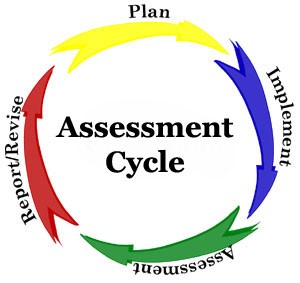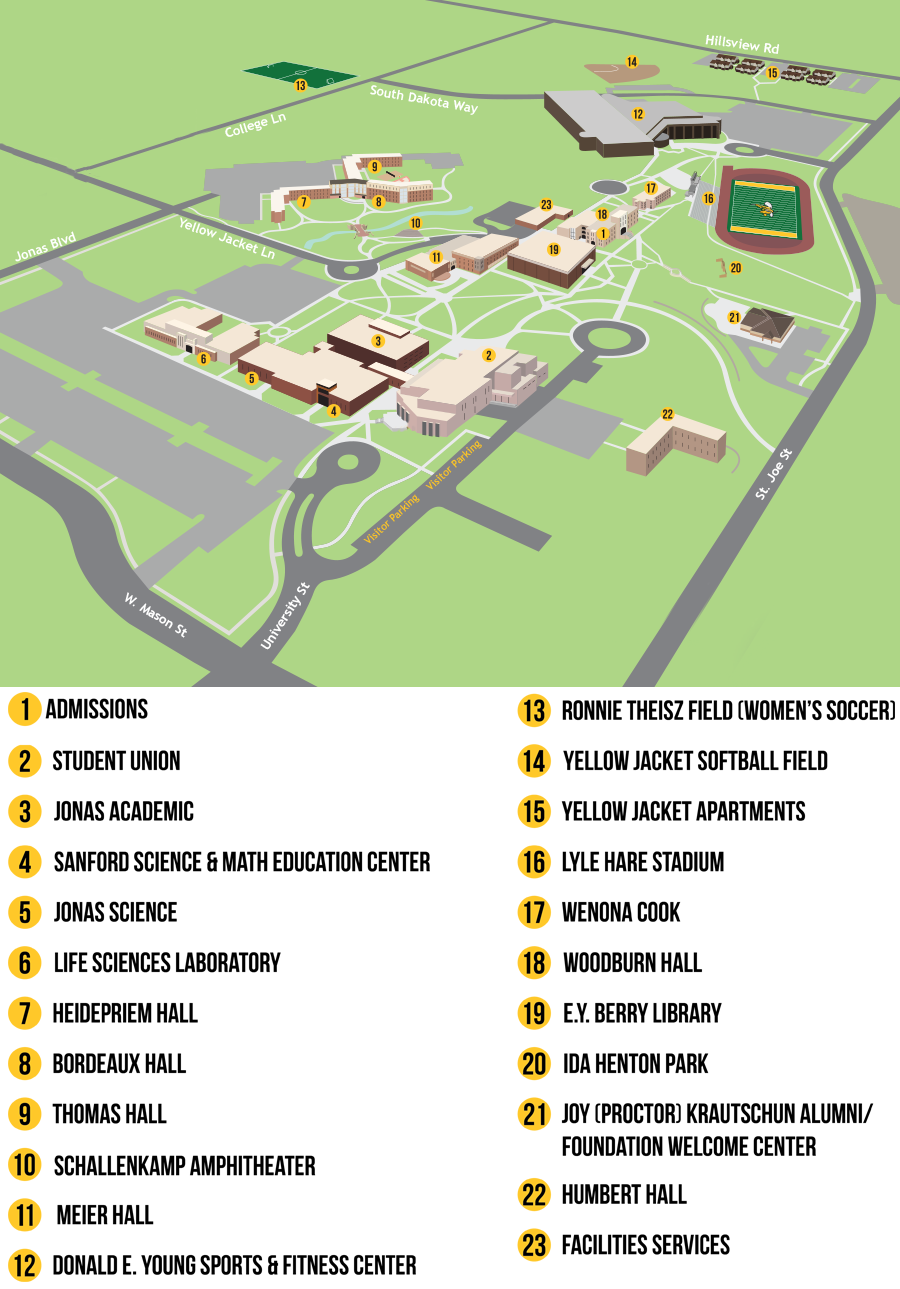ASSESSMENT & LEARNING ENHANCEMENT INITIATIVE
PROCESS REPORT STUDENT LEARNING Black Hills State University introduced the Learning Enhancement Assessment Process (LEAP) to lay the foundation for using an integrated assessment process to document how data is used to improve student learning. LEAP develops the infrastructure that recognizes the shift in Higher Learning Commission accreditation standards from the focus on “institutional inputs” to “learning outcomes.” Just as importantly, this change in the purpose of assessment responds to the need for continuous documentation of how assessment results are used to improve student learning. This process then provides evidence of data-driven decision-making at the departmental and institutional levels.
Black Hills State University introduced the Learning Enhancement Assessment Process (LEAP) to lay the foundation for using an integrated assessment process to document how data is used to improve student learning. LEAP develops the infrastructure that recognizes the shift in Higher Learning Commission accreditation standards from the focus on “institutional inputs” to “learning outcomes.” Just as importantly, this change in the purpose of assessment responds to the need for continuous documentation of how assessment results are used to improve student learning. This process then provides evidence of data-driven decision-making at the departmental and institutional levels.
To support this paradigm shift from “collecting data to write reports for external reasons” to “using data to improve student learning,” each department is asked to conduct a self-study that reviews previous assessment data and related departmental decisions made to enhance instruction, curriculum, and/or learning support services. To introduce the integrated assessment program review process, the new University Assessment Process Template is divided into four components:
- Learning Outcomes. A list of program and related student learning outcomes identified by program faculty and staff.
- Assessment Planning Matrix. A matrix to align specific learning outcomes, data collected, results, and decisions made based on data analysis.
- Evaluation Rubric for Assessment Report. Particular evaluation criteria to chart progress in the integrated assessment process. These criteria are related to assessment practices critical to establishing an integrated assessment & learning enhancement infrastructure for the university. Criteria are set at three levels (A, B, C) to correspond to the general Levels of Implementation used by the Higher Learning Commission. For example, when a program is in an earlier stage of development, as determined by faculty and the department chair, then Level A criteria and reporting can be used for the first year of reporting. Programs with more mature assessment systems can decide to evaluate themselves on the criteria outlined at all levels. The ideal is to progress towards full implementation of all programs over the next three years.
- Evaluation Summary. A self-evaluation of the program assessment system implementation criteria with rationale. Evidence for progress should be described for each criterion. A summary of overall results, future goals, and necessary resources should be made.
Please use the Learning Enhancement Assessment Process website to access related references and resources. In addition, completed LEAP reports will be posted on the website.
Additional information:
- What are the characteristics of a well-defined Student learning Outcome?
- What are the characteristics of a good measurement tool?
- When should data be collected?
- What is Curriculum Mapping? How is it used in integrated assessment?
- Who analyzes the data? How do they do it?
- What is a teacher learning audit?
RESOURCES
-
Mapping the Landscape for Learning Outcomes
-
Best Work: A Framework for Accountability Worthy of Our Mission
-
Black Hills State University Institutional Effectiveness Plan
-
Black Hills State University General Education Assessment Plan
-
Writing Across the Curriculum and Assessment: Activities, Programs, and Insights at the Intersection
-
Promising Alternative Assessment
Take The Next Step




